John Spacey, Capacity management is the process of planning the resources required to meet business demands This includes capacity forecasting, planning, monitoring and performance analysis This can happen at three levels in an organizationAnd the capacity level for each period that maximizes the firm's (supply chain's) profit over the planning horizon – Specify the planning horizon (typically 3 to 18 months) – Specify the duration of each period (typically 1 month for longer horizons) – Specify key information required to develop an aggregate planChecklist Capacity Plan From IT Process Wiki Definition The Capacity Plan is used to manage the resources required to deliver IT services The plan contains scenarios for different predictions of business demand, and options with cost estimates to deliver the agreed service level targets ITIL Process ITIL Service Design Capacity Management
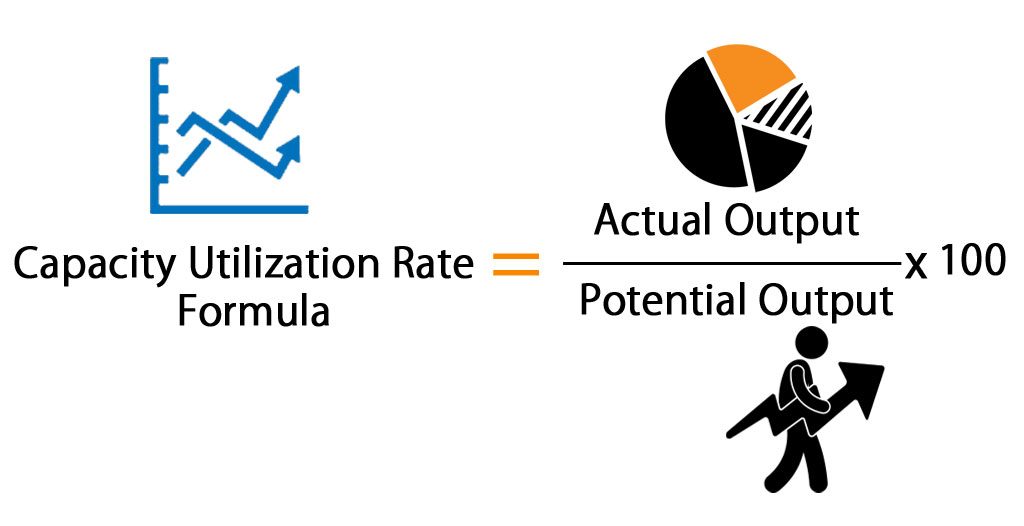
Capacity Utilization Rate Definition Formula How To Calculate
Level capacity plan example
Level capacity plan example-Aggregate planning is a marketing activity that does an aggregate plan for the production process, in advance of 6 to 18 months, to give an idea to management as to what quantity of materials and other resources are to be procured and when, so that the total cost of operations of the organization is kept to the minimum over that period The quantity of outsourcing,Capacity planning is the process of determining the production capacity needed by an organization to meet changing demands for its products In the context of capacity planning, design capacity is the maximum amount of work that an organization is capable of completing in a given period




Production Planning An Overview Sciencedirect Topics
It just calculates the rough cut amount needed to satisfy the grossrequirement Preparation and planning of the master schedule planner use it later, which• Capacity – definition • "The capacity of a facility is the maximum hourly rate at which persons or vehicles reasonably can be expected to traverse a point or a uniform section of a lane or roadway during a given time period under prevailing roadway, traffic, and control conditions" (HCM 00) • Roadway conditions, egEffective capacity is the optimum production level under predefined job and workschedules, normal machine breakdown, maintenance, etc Medium Term Capacity The strategic capacity planning undertaken by organization for 2 to 3 years of a time frame is referred to as medium term capacity planning
Overview of Rough Cut Capacity Planning (RCCP) RCCP verifies that you have sufficient capacity available to meet the capacity requirements for your master schedules RCCP is a longterm plan capacity planning tool that marketing and production use to balance required and available capacity, and to negotiate changes to the master schedule and/orConsiderations relate to overall level of capacity, such as facility size;Definition Product Demand Capital Master Schedule Business Plan Workforce Level Capacity Level of labor skill required Low High Job discretion Low High Four General Strategic Plans 1 Level – constant workforce/production level – fluctuating inventory levels 2 Chase
Data center capacity planning is the establishment of a strategy that ensures an IT organization's computing resources, power load, footprint and cooling capacity will be able to meet the workload demands of its users and customers Why is capacity planning important? Capacity planning is more high level and helps you determine what and how many resources you need to meet demand Resource planning takes the number of resources available (as determined by your capacity planning) and allocates them to individual projectsShortterm considerations relate to probable variations in capacity requirements created by such things as seasonal, random, and irregular fluctuations in demand (Dejonckheere, et al, 03) Organizations like these higher institutions need both longterm and short
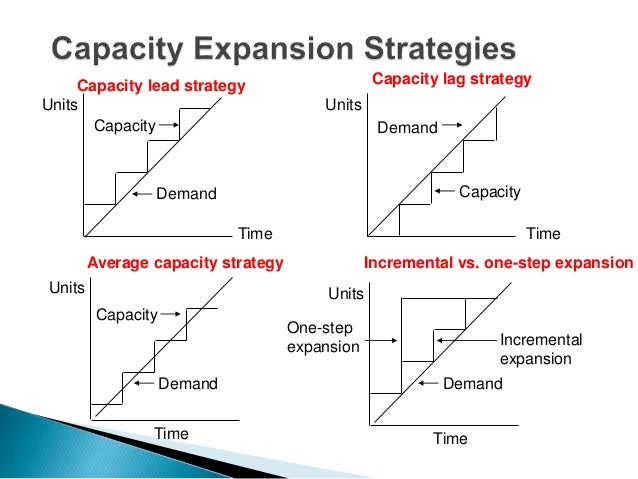



Capacity Management
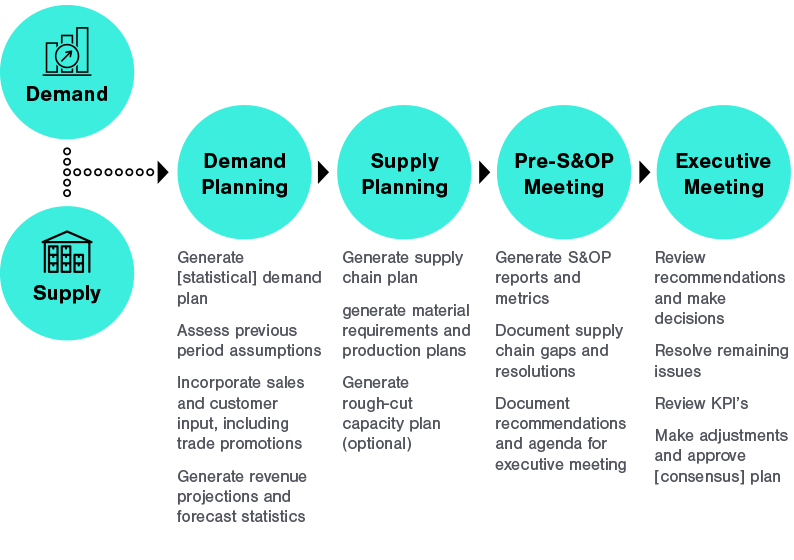



Implementing A Sales Operations Planning S Op Process Plex Demandcaster
The primary objective of ITIL Capacity Management is to ensure that the capacity of IT services and the IT infrastructure is able to deliver the agreed service level targets in a costeffective and timely manner The Capacity Management process considers all resources required to deliver the IT service while preparing the plans for short, medium and longterm businessPurpose of Capacity Plan Provide the purpose of the capacity plan For example Capacity planning is an important part of infrastructure and deployment planning A capacity plan supports the goal of optimum, and cost effective, provisioning of organizational resources and services by matching them to business demandsThe first is called level scheduling, where you try and maintain a steady workforce with a steady schedule The second is the chase strategy, where you maintain a level workforce and increase your workforce as demand increases This may mean using overtime or hiring temporary employees The type of laborscheduling you wish to incorporate can




Increase Manufacturing Production Capacity Vorne




Aggregate Planning Strategy Organization Levels System Examples Model Type Company System
The use of a chase strategy requires that a company have the ability to readily change its output level, which means that it must be able to readily change its capacity In some industries where labor is the major determinant of capacity, and where additional labor is readily available, such changes may be feasibleDefinition The concept behind the term Rough cut capacity is that it is the total amount of material required to fulfill the gross requirement of a company It does not consider scheduled receipts or the onhand inventory;Level capacity strategy When an organization adopts the level capacity strategy then it manufactures at a constant output rate It does not consider any fluctuation or change in the level of demand This may lead to stockpiling or holding of inventory in high quantity, when there is a decrease in the demand level
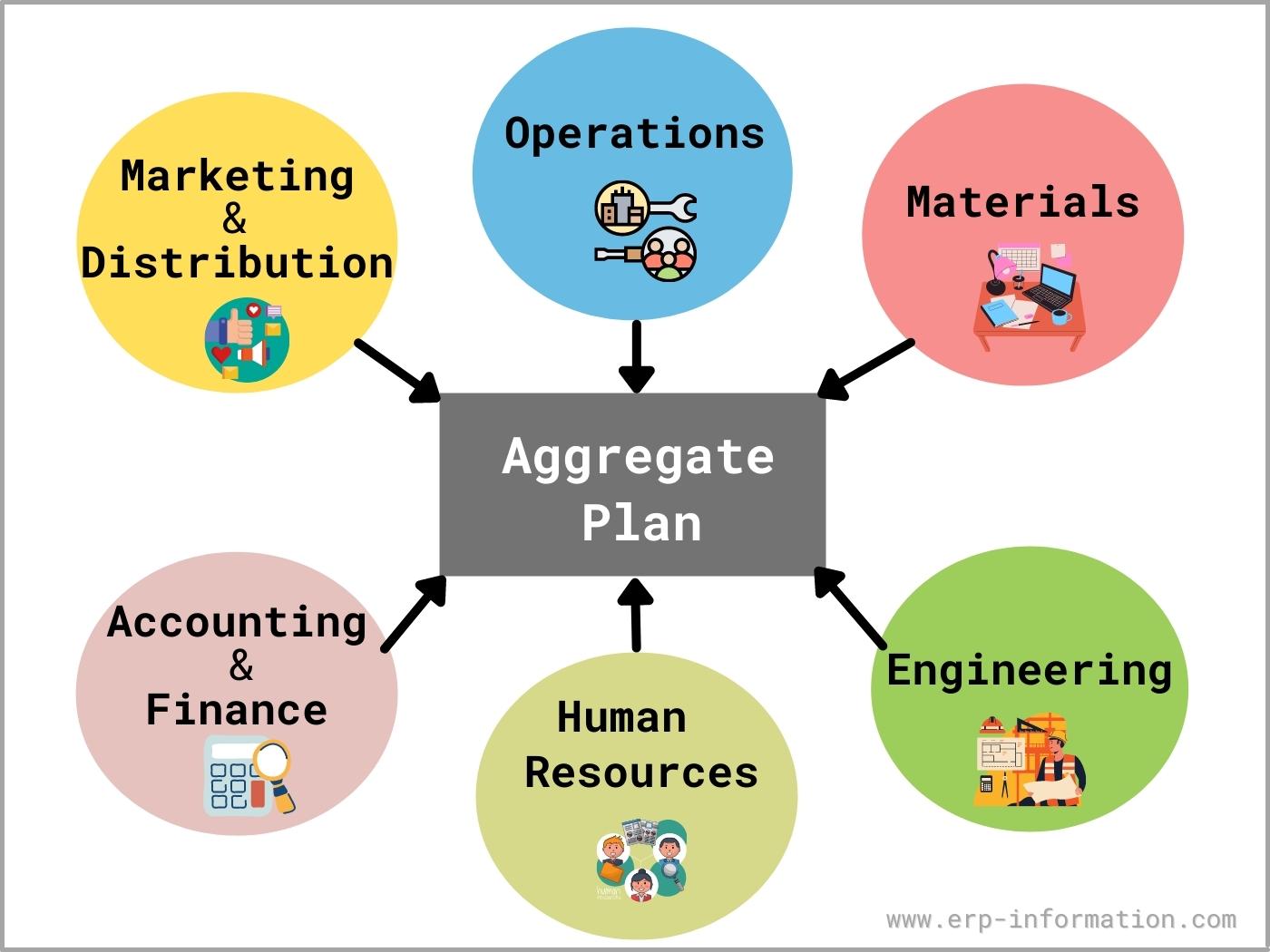



What Is Aggregate Planning 3 Strategies For Aggregate Production Planning




What Is Capacity Planning 5 Phases To Know
Capacity planning and control is the task of setting the effective capacity of the operation so that it can respond to the demands placed upon it 12 Importance of the issue in the point of Capacity planning Operations managers, with an unstable and uncertain demand forecasts are faced There are several steps to meet these demandsManaging demand and supply is a key task of the service manager Although there are two basic strategies for capacity management, the enlightened service manager will, inSkilled people, countries lack the foundation needed to plan, implement and review their national and local development strategies Capacity development helps to strengthen and sustain this foundation UNDP defines it as the process through which individuals, organizations and societies obtain, strengthen and maintain the capabilities to
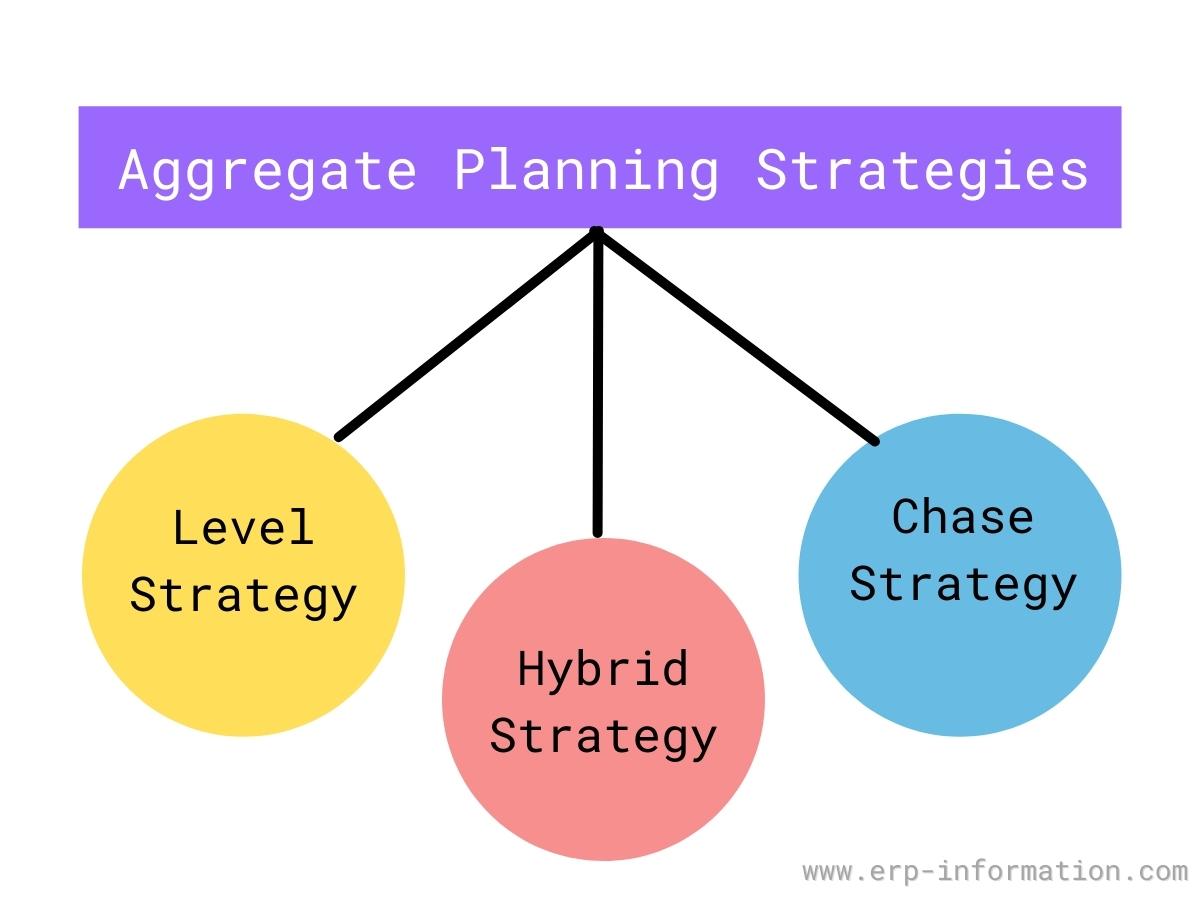



What Is Aggregate Planning 3 Strategies For Aggregate Production Planning
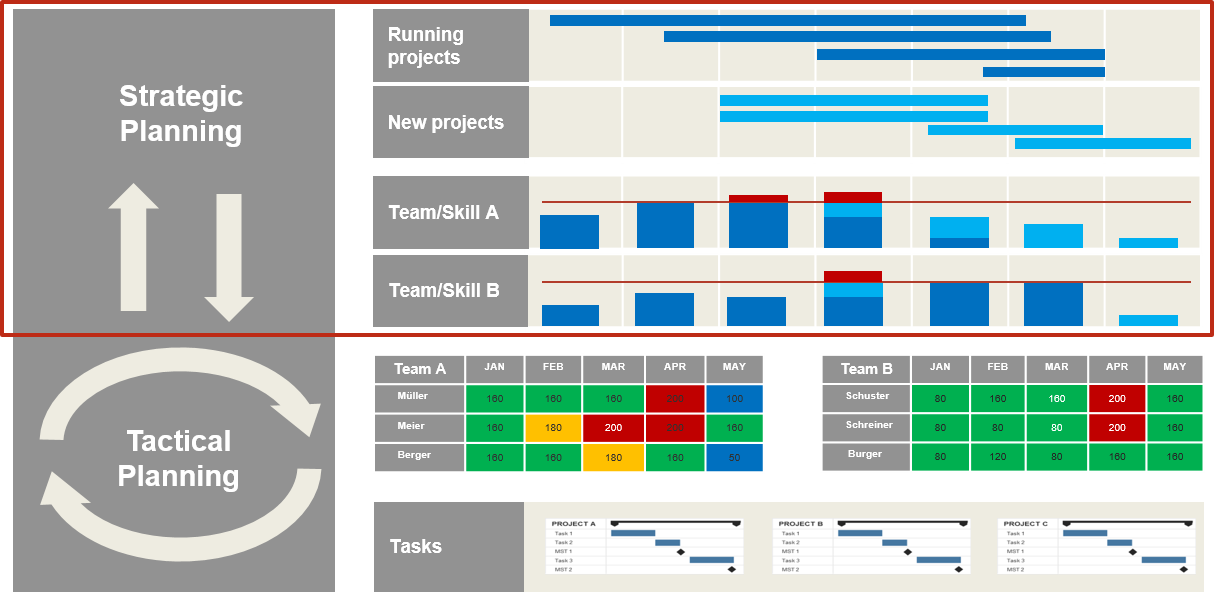



Capacity Planning Everything You Need To Know Opensense Labs
Aggregate planning is a proven technique that brings an element of foresight and stability into manufacturing It helps the management to achieve the longterm objectives of a company The importance of aggregate planning include Creates a satisfied and happy workforce Reduce changes in the levels of the workforce Capacity planning is the process used by a business to determine the resources it will acquire to meet the demand for its products or services The more capacity a company has, the more output in A service level objective is a criteria that is used to evaluate the performance of a business or technology service In many cases, service level objectives are specified in a contract such as a master service agreement Contracts may include penalties such as refunds for failure to meet a minimum service level



Capacity Planning Everything You Need To Know Clicktime




Data Model And Hierarchy Targetprocess Enterprise Agility Solution
Level Capacity Plan The inventory size is varied keeping the workforce size and utilization of work constant The number of workers (working size) is kept constant throughout the time period under consideration During months of low demand the excess units required over the units produced are taken from the inventory Capacity planning is a resource management process that helps you determine if your organization has sufficient resources with the right skills to execute the projects you want toDefinition 1Monitor output 2Compare it with the plan 3Taking corrective actions Term 2 Major components in defining capacity are Definition 1The capability of a system to perform its expected function 2The capability of a worker, mashine, work cener or organisation as measured in output per time period
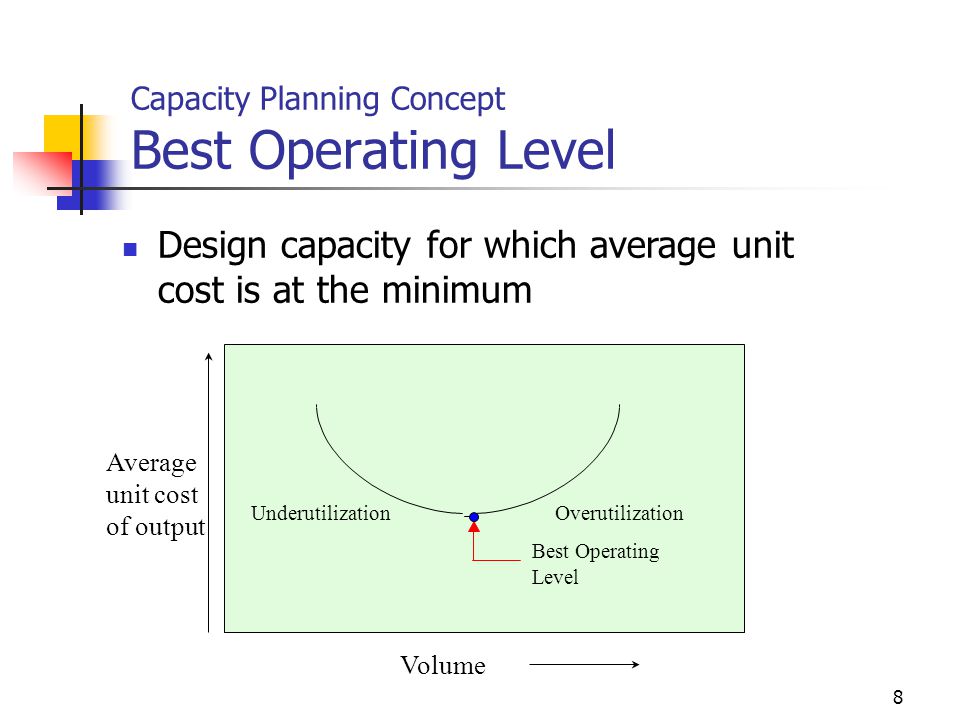



Strategic Capacity Planning Aggregate Planning Ppt Video Online Download




Capacity Management Objectives Roles Concepts Mitsm
Shortterm workshops), intensive, collaborative, jobembedded, datadriven, classroomfocused" This definition shifts thinking about PD in the direction of building sustainable capacity The debate about educational improvement can be broadly framed as a contrast between compliancedriven and capacitydriven strategiesThe definition in Capacity Development in Practice is "Capacity is the ability of a human system to perform, sustain itself, and selfrenew" The OECD definition is • "Capacity" is the ability of people, organizations and society as a whole to manage their affairs successfullyDevelop a project plan to migrate to the new organization based on required changes you uncovered Build the plan The implementation plan should Establish the three major components of capacity management people, processes and tools Outline the costs necessary to sustain the new organization and build a preliminary budget
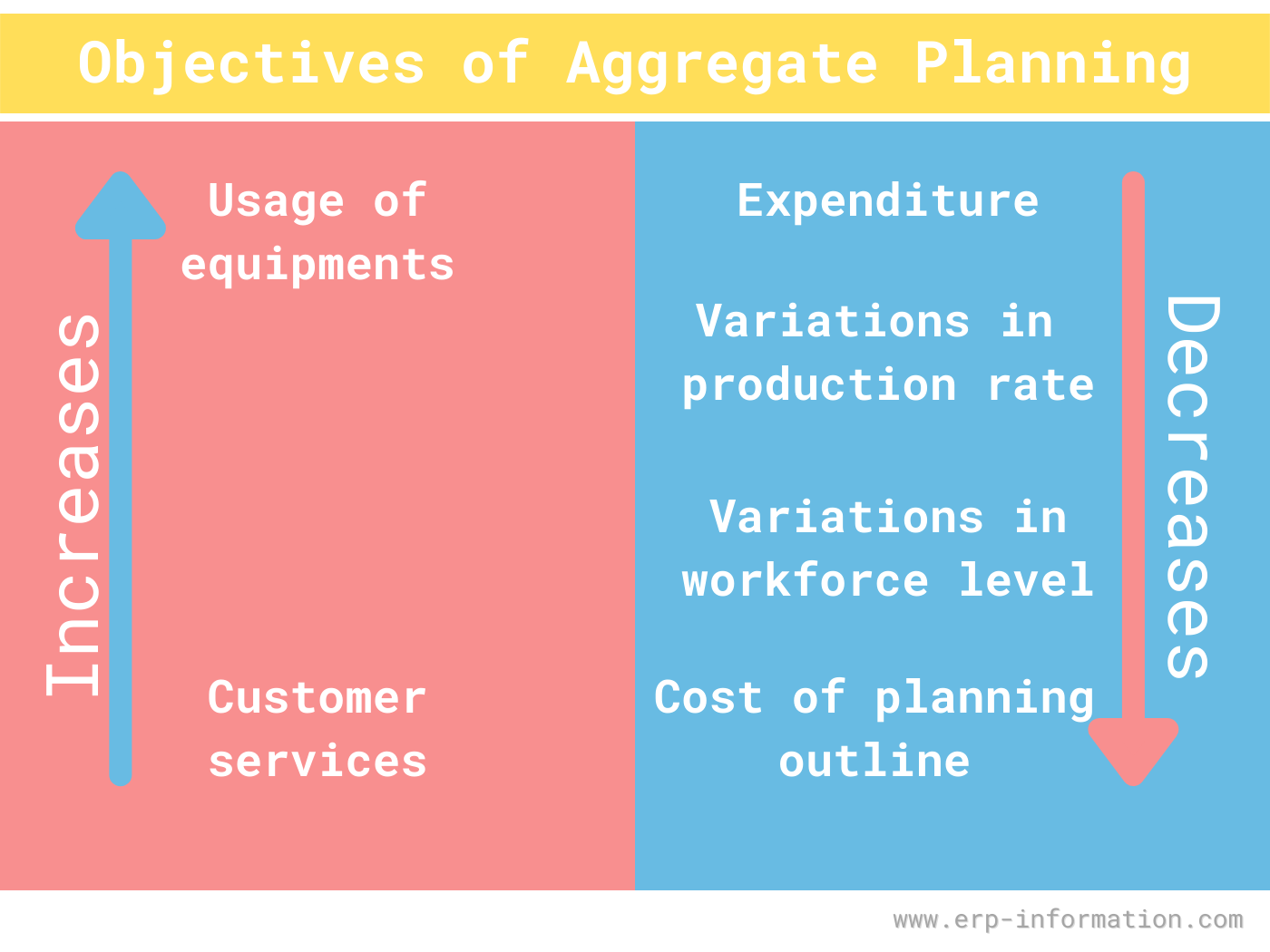



What Is Aggregate Planning 3 Strategies For Aggregate Production Planning




How To Define Product Features With Examples Aha
Capacity Planning refers to the arrangement in which organizations or teams match employees together with the needs of a project Capacity is the optimum level of work that can be done within an established period Usually, it is measured in the quantity ofChapter 7 Capacity Planning and Management Learning Outcomes After reading this chapter you should be able to • Define and measure capacity and appreciate the factors that influence it • Assess the difficulties of matching capacity to demand • Evaluate and apply the different strategies for matching capacity with demand in the short,The level capacity strategy, the focus is on the process where product output remains at a somewhat fixed level and increases/decreases in demand are satisfied through strategic decisions of utilizing inventory (maintain buffer stock), outsourcing and backorders In comparison to level capacity strategy is adjusting capacity to follow




Capacity Utilization Rate Definition Formula How To Calculate



2
Capacity Management Definition Capacity management refers to the wide variety of planning actions used to ensure that a business infrastructure has adequate resources to maximize its potential activities and production output under any conditionCapacity is the maximum level of output that a company can sustain to make a product or provide a service Planning for capacity requires management toLevel Capacity Plan Definition An approach to mediumterm capacity management that attempts to keep output from an operation or its capacity constant, irrespective of demand Operations Management by Nigel Slack, Alistair BrandonJones, Robert Johnston Level Capacity Plan Explanation



Capacity Planning Oracleug




Project Resource Management Methods And Basics For Beginners Update 21
Capacity requirements planning (CRP) is the process of discerning a firm's available production capacity and whether it can meet its production goals The CRP method first assesses the company'sCapacity assessment at this level is commonly implemented by researchers and nongovernmental organizations working at the local level, as well as by some local level governments However, individual capacity has to be understood within the context of both the organizational level and enabling environmentSimply put, if capacity is the means to plan and achieve, then capacity development describes the ways to those means An essential ingredient in the UNDP capacity development approach is transformation For an activity to meet the standard of capacity development as practiced and promoted by UNDP, it must bring about transformation that is




Capacity Planning Everything You Need To Know Clicktime
:max_bytes(150000):strip_icc()/investopedia5cscredit-5c8ffbb846e0fb00016ee129.jpg)



Five Cs Of Credit Definition
Client level MassCARE coordinators and peer teams coteach core topics such as understanding basic lab tests (CD4, viral load and others) to build clients' capacity to be their own health advocates Provider level Abt builds the capacity of the MassCARE coordinators and peer team members through monthly coaching calls and intermittent training



Level Capacity Plan Level Capacity Plan The Inventory Size Is Varied Keeping The Operation Management




Resource Planning Template Excel Free Download
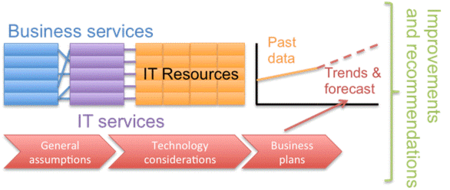



Capacity Plan Cio Wiki
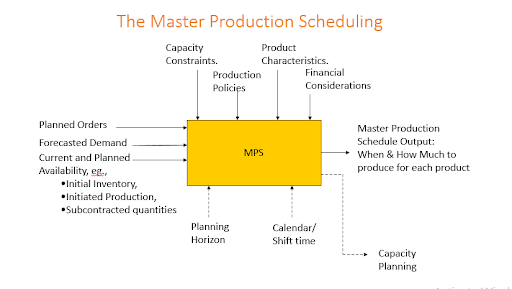



Inventory Management 101 The Master Production Schedule Mps Explained Optipro Software




6 There Are Different Definitions Of Capacity What Chegg Com




Set Sprint Capacity Azure Boards Microsoft Docs
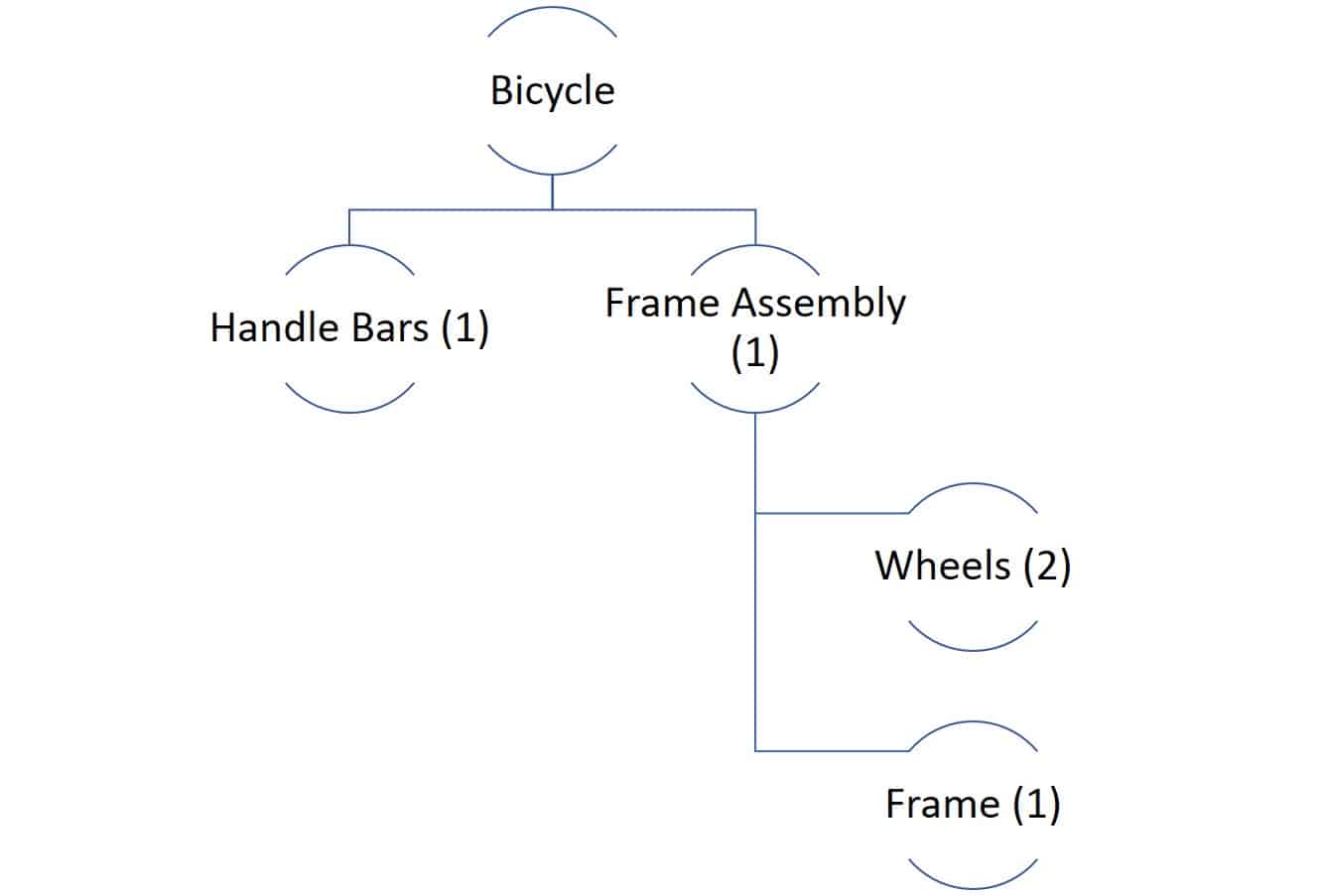



Everything You Need To Know About Material Requirements Planning Mrp Smartsheet




Capacity Planning Types Lead Lag Average Strategies Video Lesson Transcript Study Com




Capacity Planning Basics Part 1 Of 2 Wfmanagement




Capacity Planning And Control Ppt Download
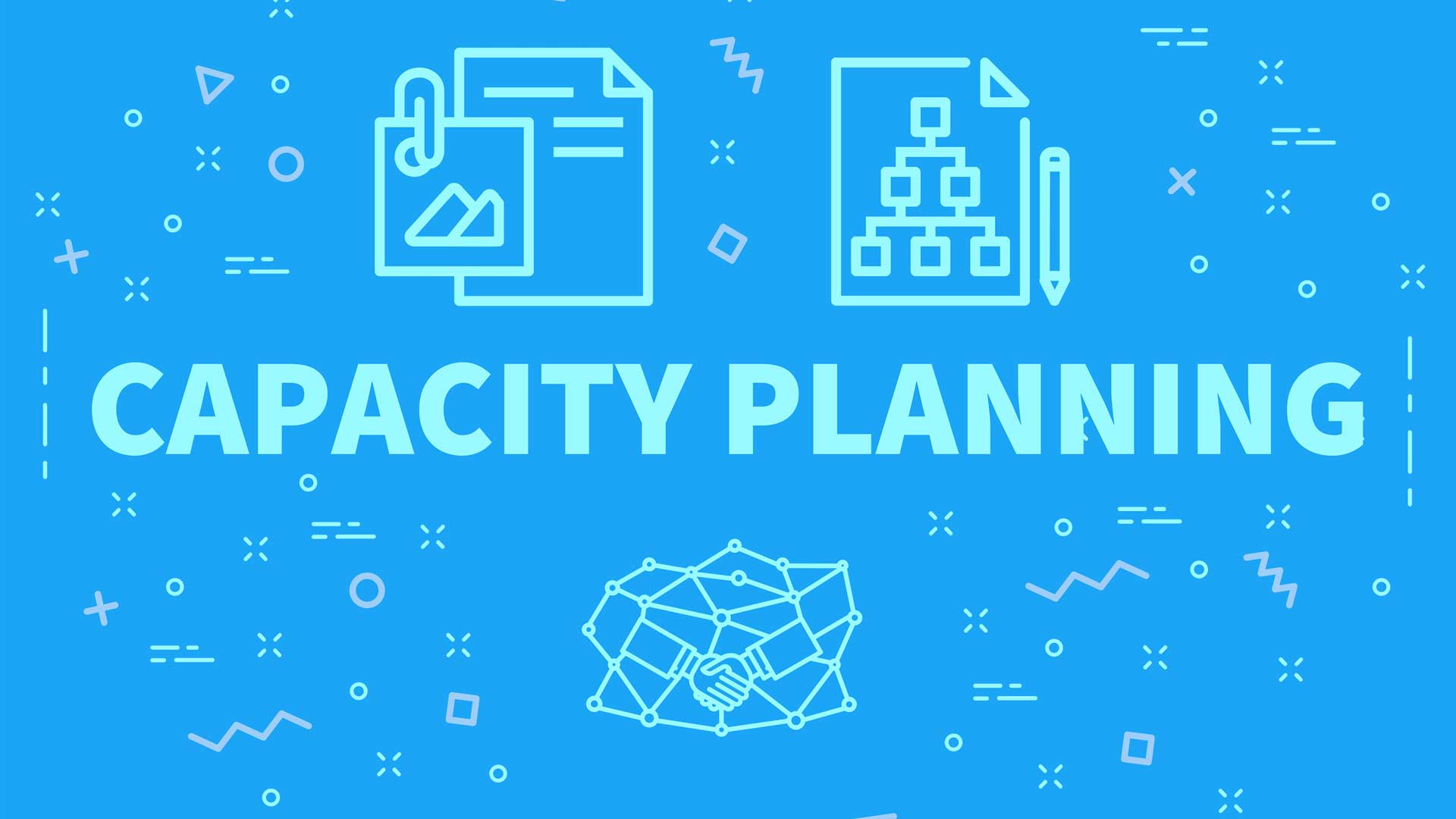



Capacity Planning What Is It And How Do I Implement It Projectmanager Com



Capacity Planning Apics Forum




What Is Capacity Planning Examples Types Optimoroute
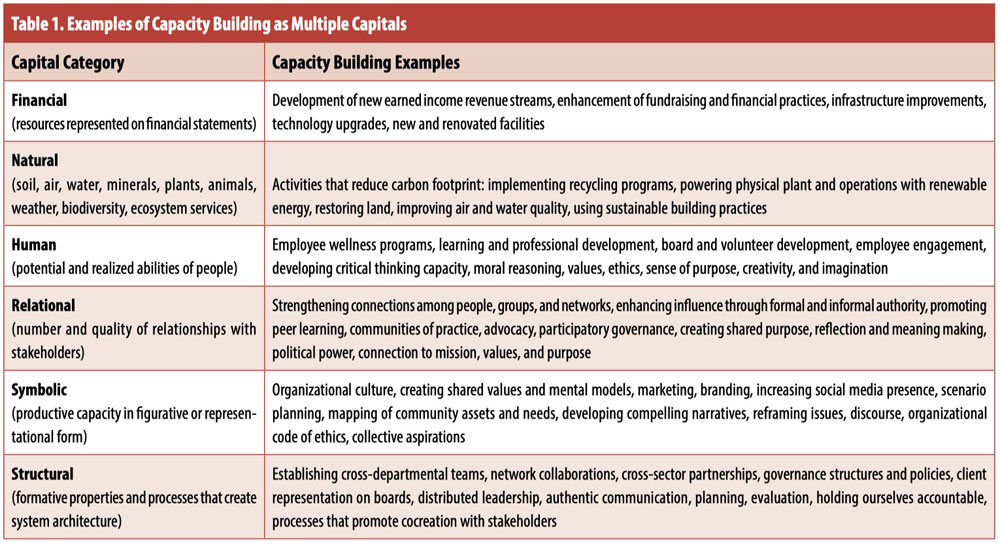



Nonprofit Capacity Building A Multiple Capitals Approach Non Profit News Nonprofit Quarterly




Capacity Planning Meaning Classification And Its Goals
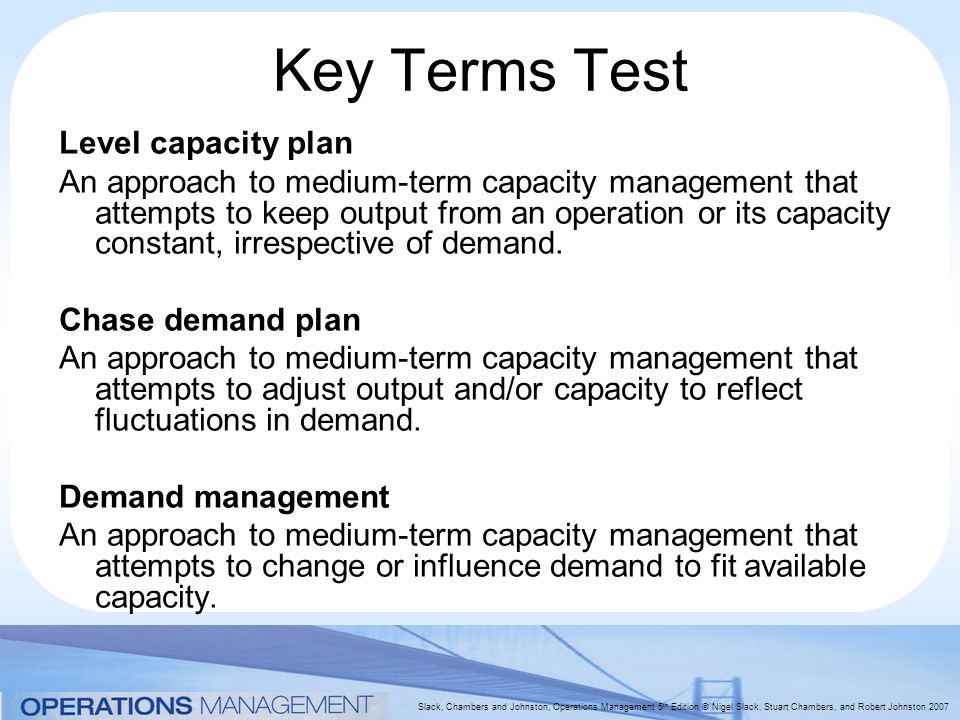



Capacity Planning And Control Ppt Video Online Download
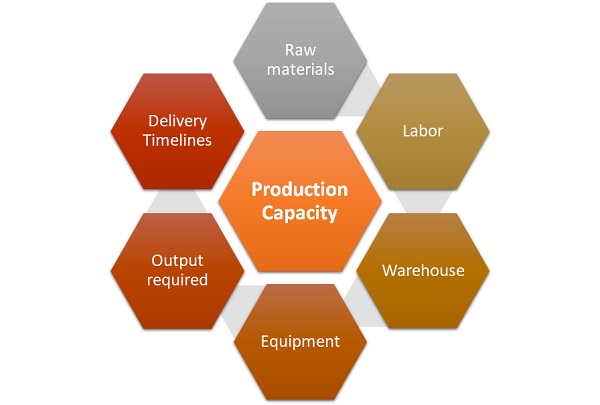



Production Capacity Definition Importance Example Operations Supply Chain Dictionary Mba Skool Study Learn Share



Q Tbn And9gcqytvm28phg Flc1jbxscbyoduapoqtpbknwdc60pk3a2805i I Usqp Cau




Coronavirus S Impact On Supply Chain Mckinsey



Difference Between Planning And Forecasting Difference Between
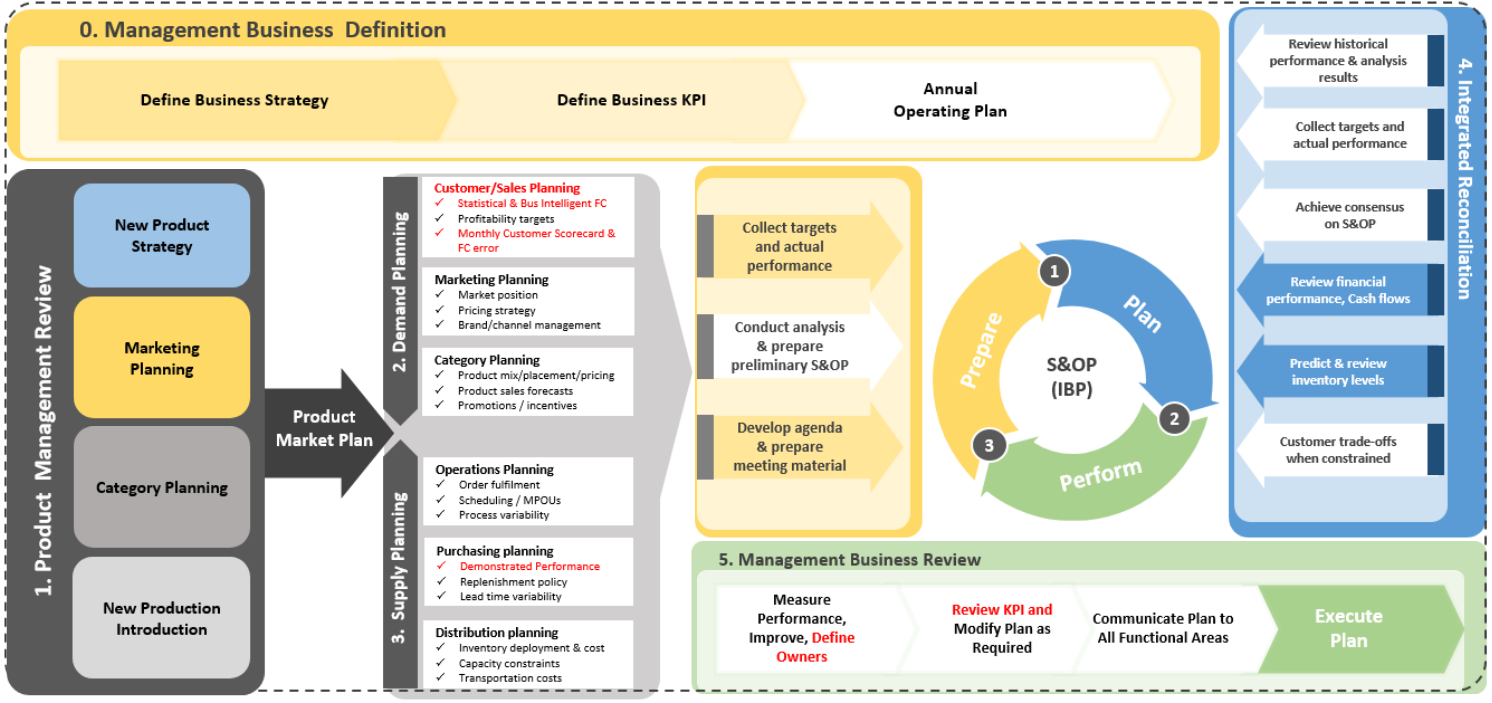



Ready To Upgrade Your S Op Process For Industry 4 0




Increase Manufacturing Production Capacity Vorne




Operations Management Definition Principles And Strategies




Everything About Capacity Planning Strategies Its Benefits



Master Production Schedule
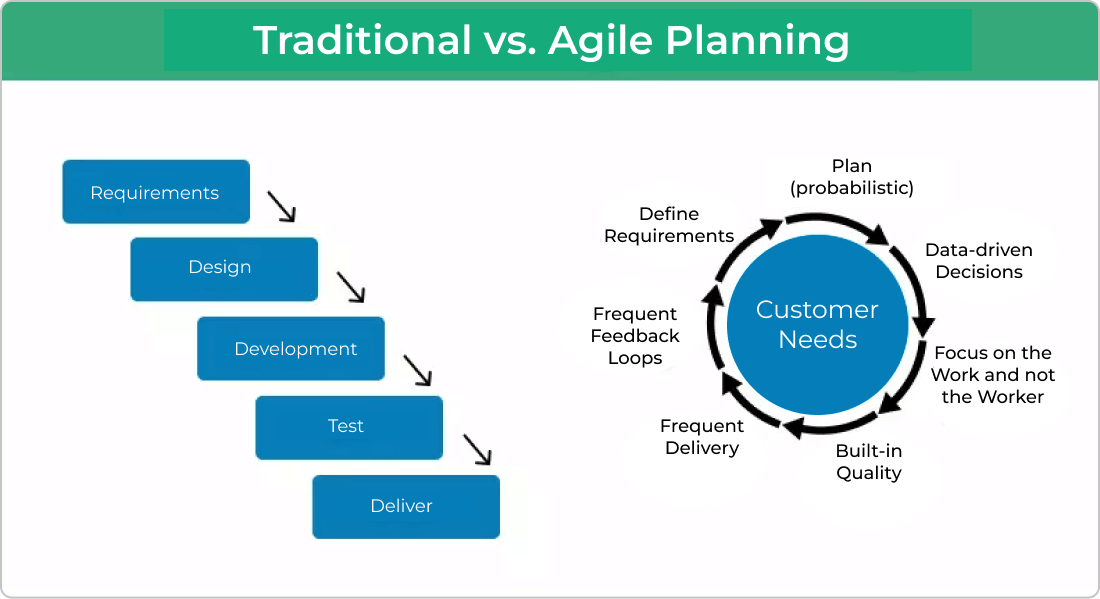



The Complete Beginners Guide To Agile Project Planning



Q Tbn And9gcsibovmqnayma6zb Qgc9ncj Knilxiizwtnjhbz457znnnzyxv Usqp Cau
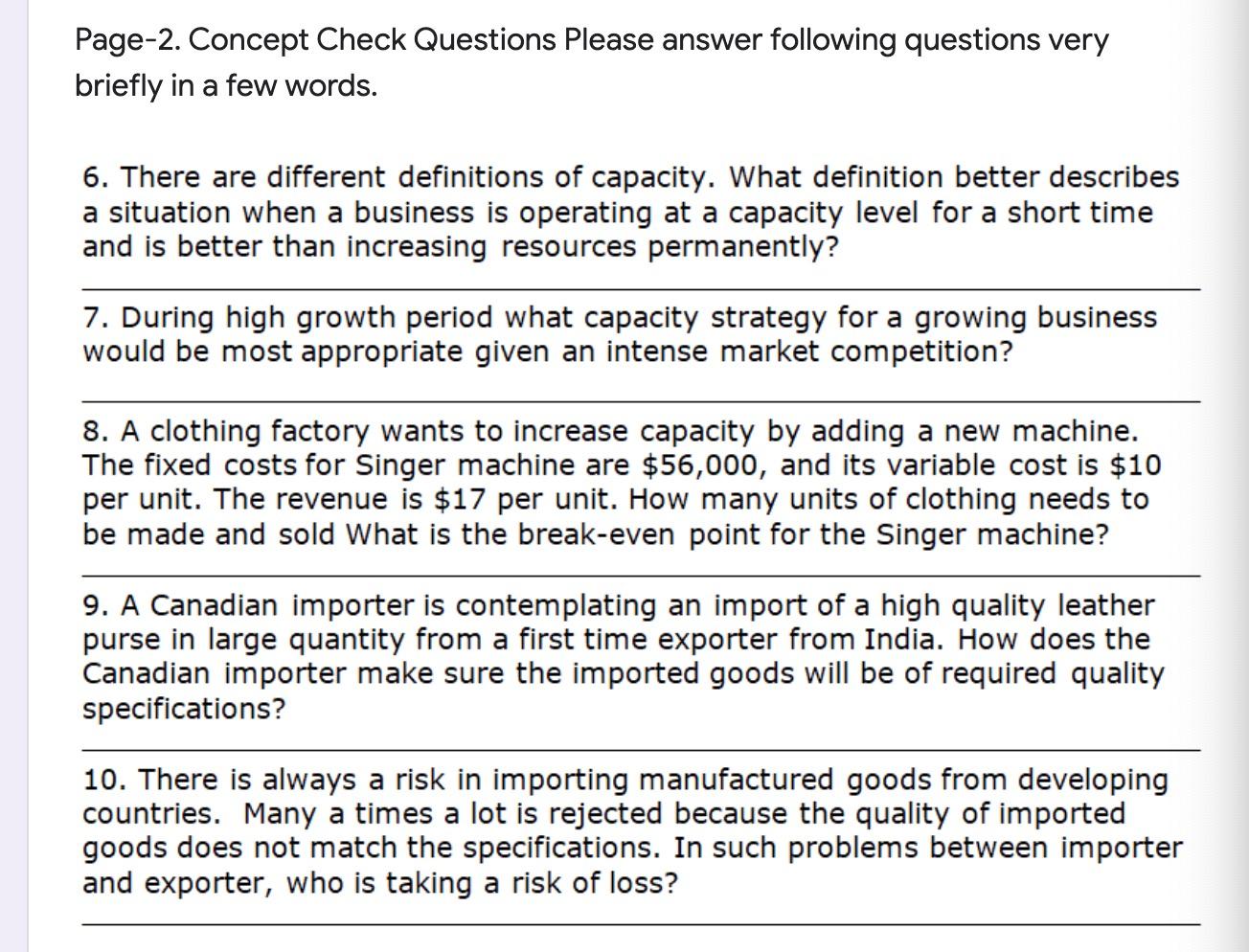



Solved Page 2 Concept Check Questions Please Answer Foll Chegg Com




What Is Capacity Planning Examples Types Optimoroute
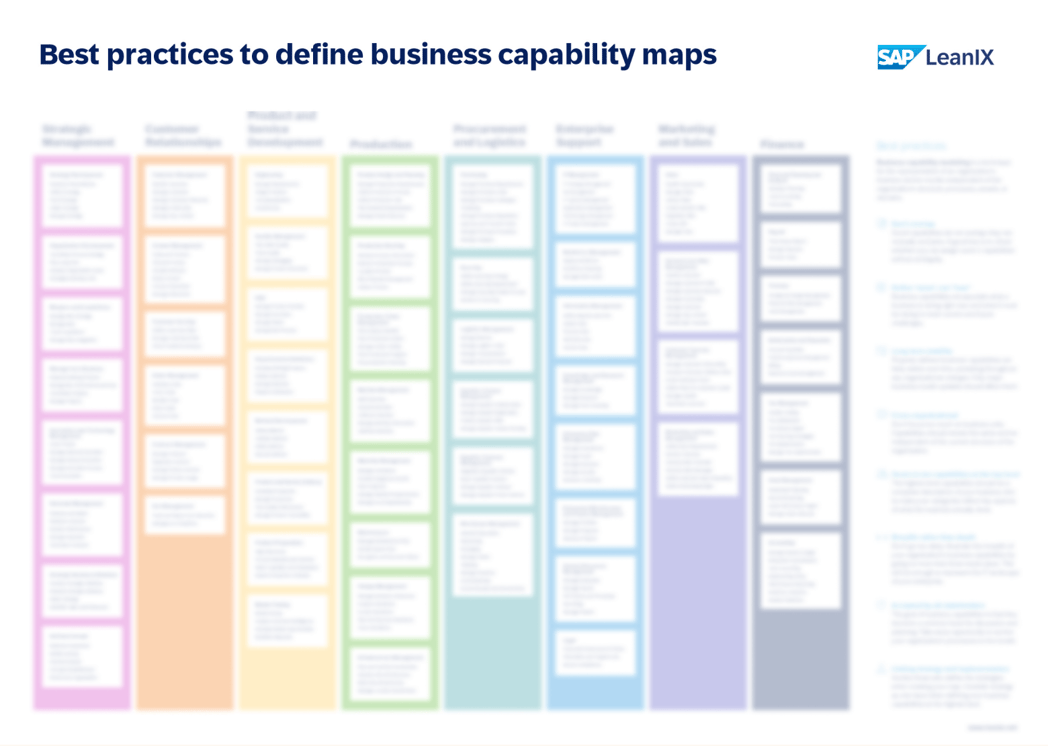



Business Capability Map And Model The Definitive Guide Leanix




How To Calculate Production Capacity Of A Factory




Concept Of Capacity Planning And It S Procedure Importance Management Study Hq




Capacity Planning Process Youtube



Maintenance And Control Eitbok
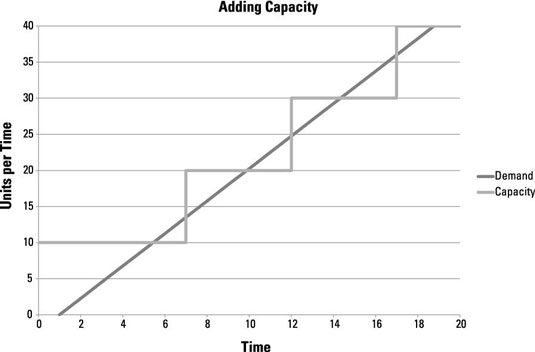



Capacity Concerns For Your Operations Management Dummies




Everything About Capacity Planning Strategies Its Benefits
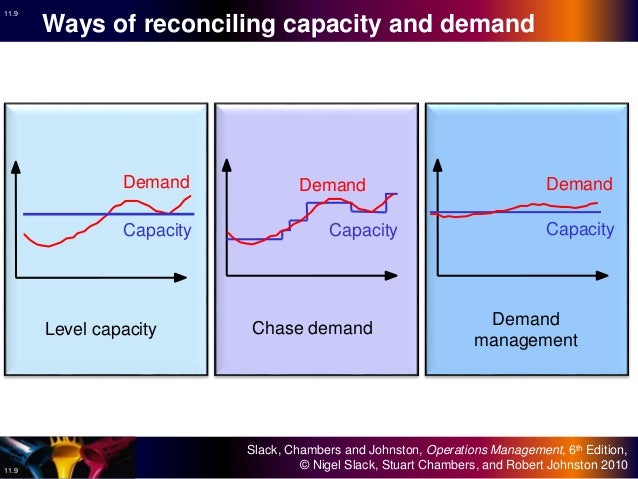



11 Capacity Planning And Control Operations Management




Module 5 Capacity Planning Inventory Operations Management



Supply Planning Processes Options Analytics Oh My Plex Demandcaster



Iteration Planning Scaled Agile Framework




Production Planning Wikipedia



2




What Is Capacity Management Definition And Faqs Omnisci




Set Sprint Capacity Azure Boards Microsoft Docs




Production Planning Definition Objectives Need Types Importance




Capacity Planning What Is It And How Do I Implement It Projectmanager Com




Achieving High Performance Low Cost Logistics Kearney




Evaluating Capacity Development Better Evaluation




Capacity Management It Process Wiki




Production Planning An Overview Sciencedirect Topics



1




What Is Capacity Management Role In Planning Marketing91




Production Planning An Overview Sciencedirect Topics
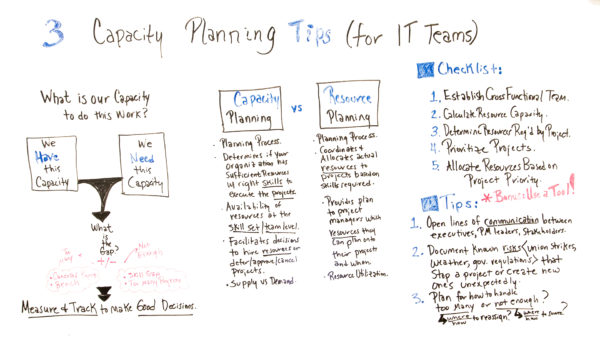



Capacity Planning What Is It And How Do I Implement It Projectmanager Com




What Is Capacity Planning And How Often Should You Do It




Capacity Planning Basics Part 1 Of 2 Wfmanagement




What Is Material Requirements Planning Mrp




Strategy Under Uncertainty




Project Resource Management Methods And Basics For Beginners Update 21



2




What Is Capacity Planning And How Often Should You Do It




The Complete Beginners Guide To Agile Project Planning
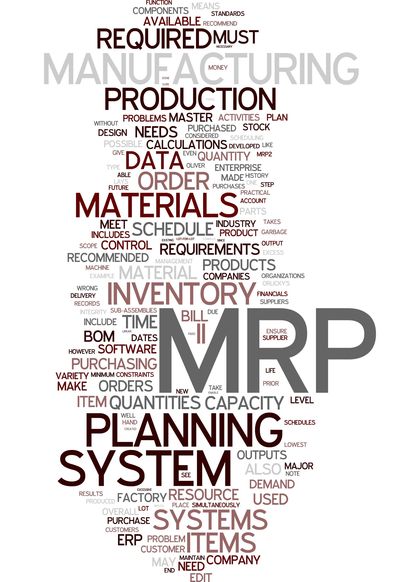



Capacity Planning Organization System Examples Definition System Long Term Capacity Planning




Capacity Utilization Definition Example And Economic Significance




Ejoc2afl0a 8dm
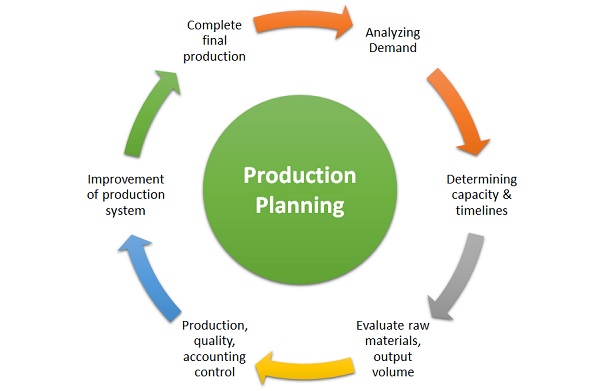



Production Planning Definition Importance Example Operations Supply Chain Dictionary Mba Skool Study Learn Share




Production Planning Wikipedia
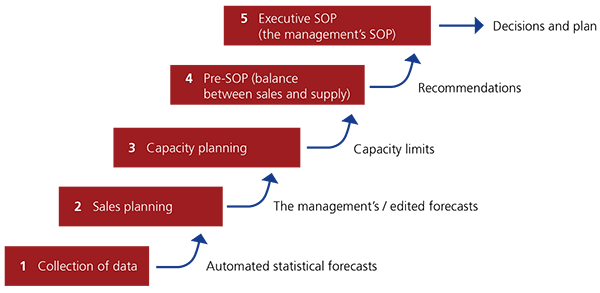



Sales And Operations Planning Relex Solutions




Itil Capacity Management Bmc Software Blogs
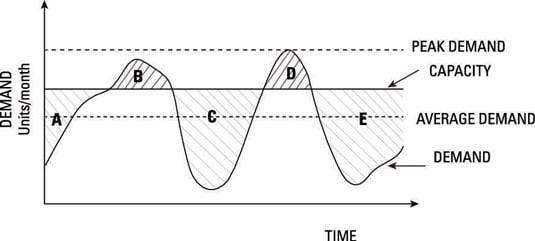



Capacity Concerns For Your Operations Management Dummies




Study Of Manufacturing System Capacity Planning Control Steps In Capacity Planning Measuring Demand Capacity Yield Management
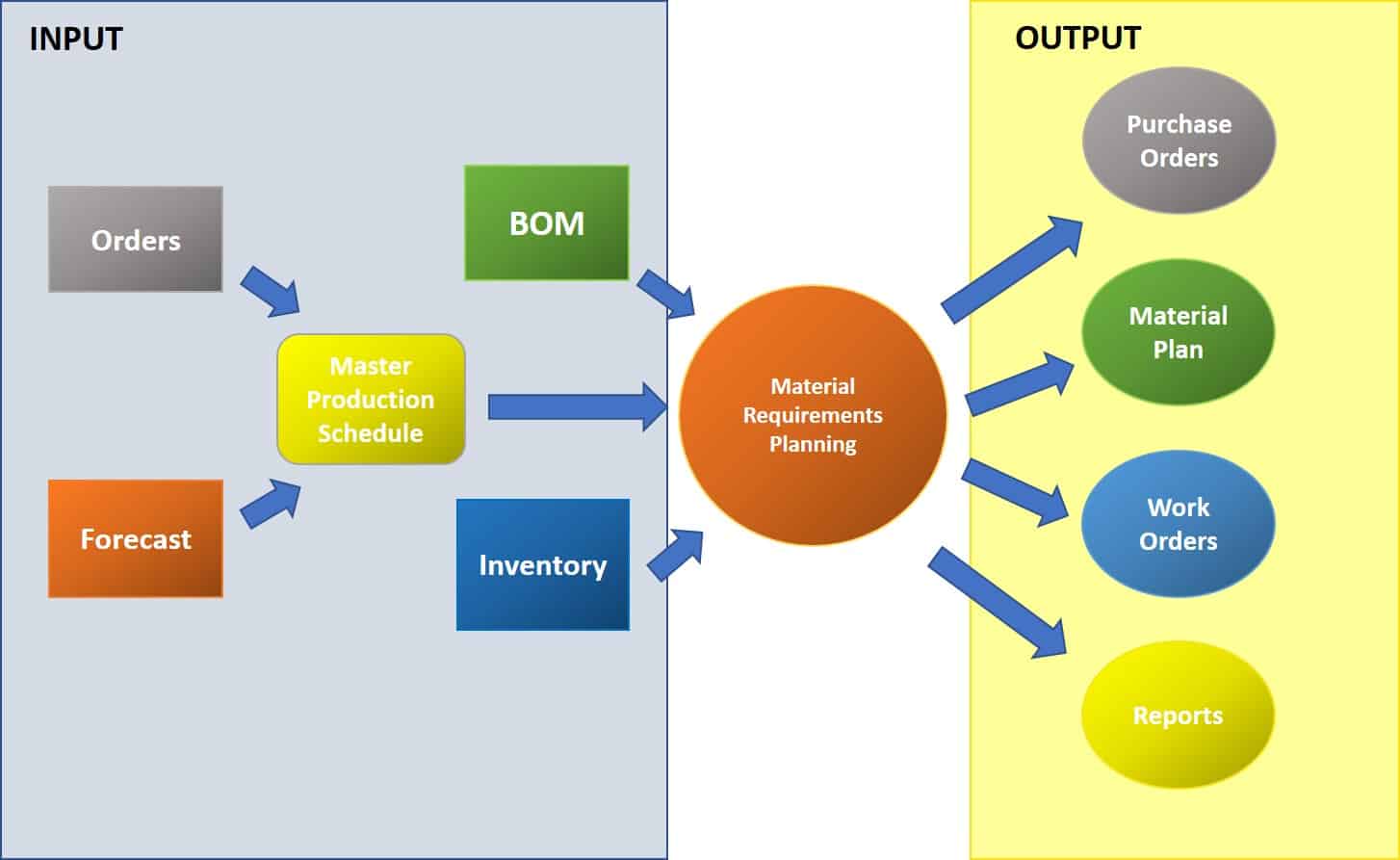



Everything You Need To Know About Material Requirements Planning Mrp Smartsheet
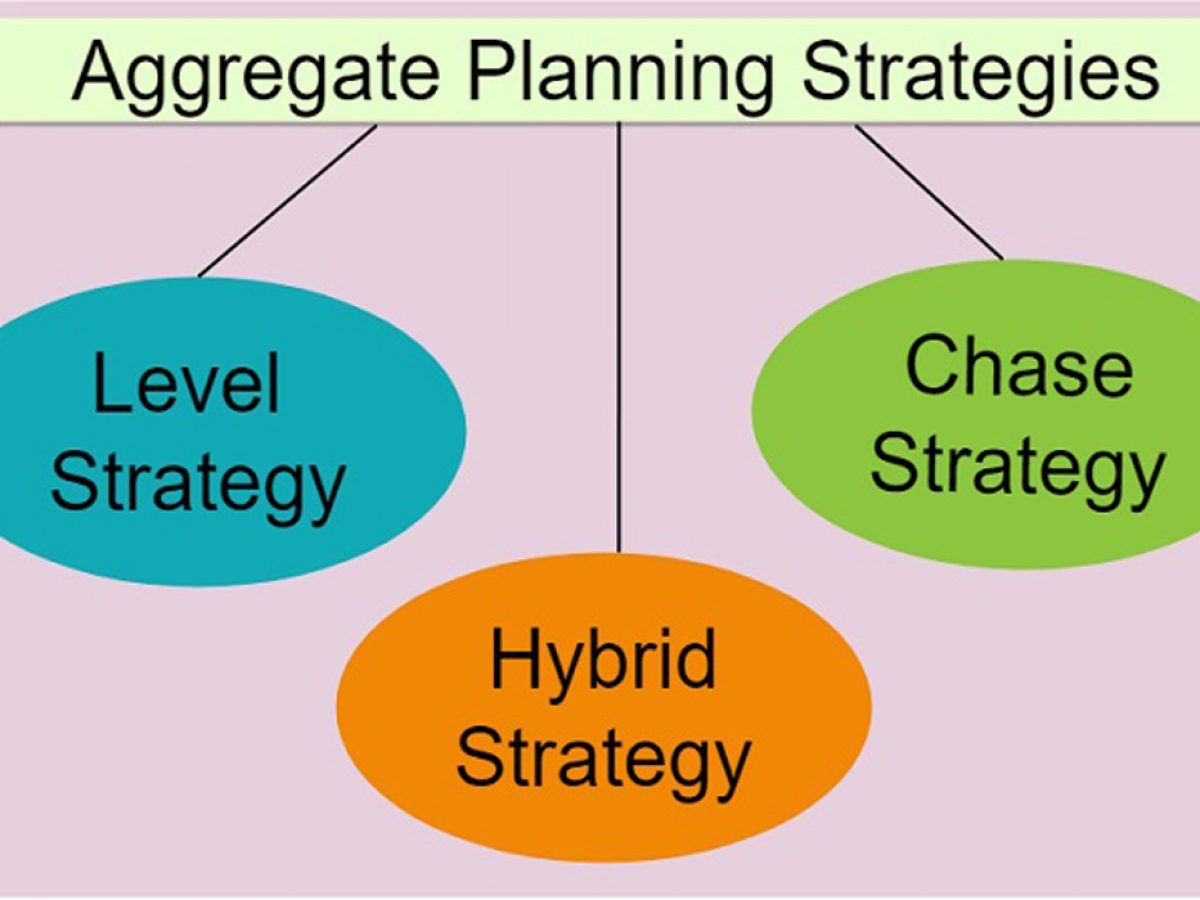



What Is Aggregate Planning 3 Strategies For Aggregate Production Planning




What Is Material Requirements Planning Mrp
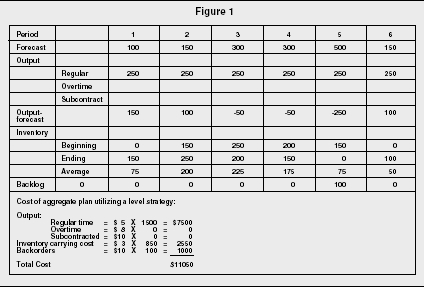



Aggregate Planning Strategy Organization Levels System Examples Model Type Company System




Evaluating Capacity Development Better Evaluation




Top 12 Resource Management Best Practices Planview



1
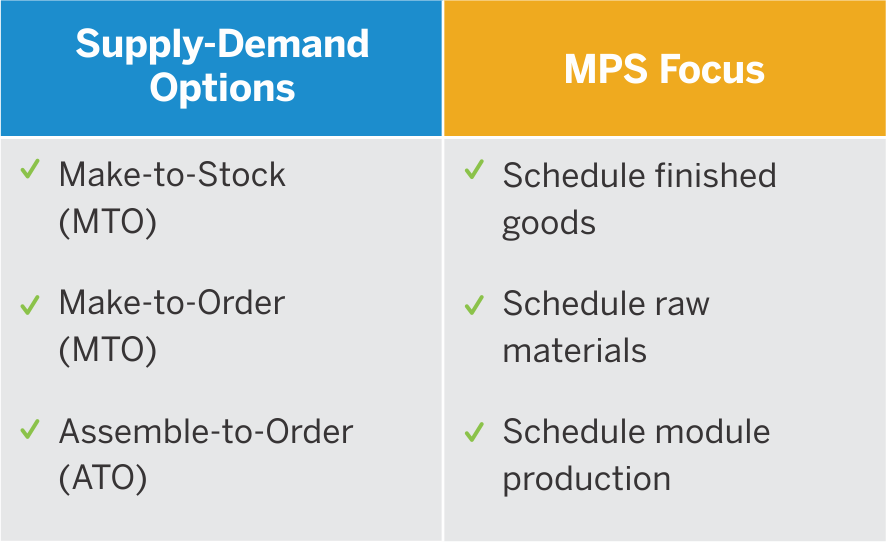



Inventory Management 101 The Master Production Schedule Mps Explained Optipro Software



How To Do Effective Capacity Planning On The Scrum Team
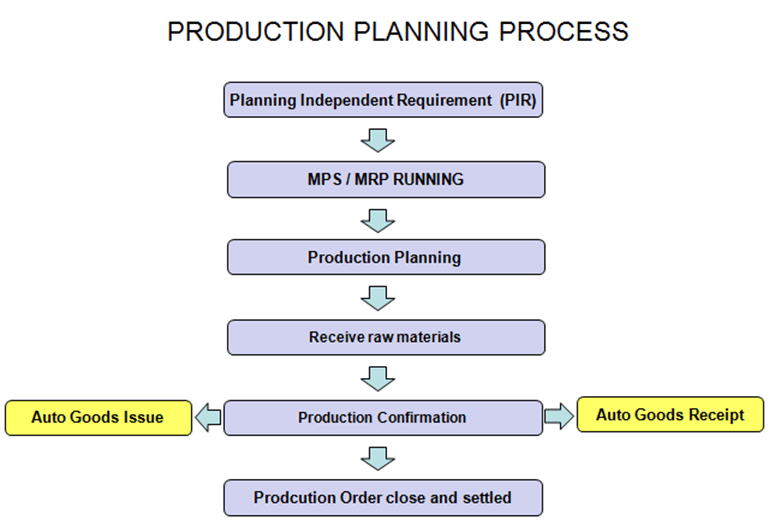



Introduction To Sap Pp Production Planning
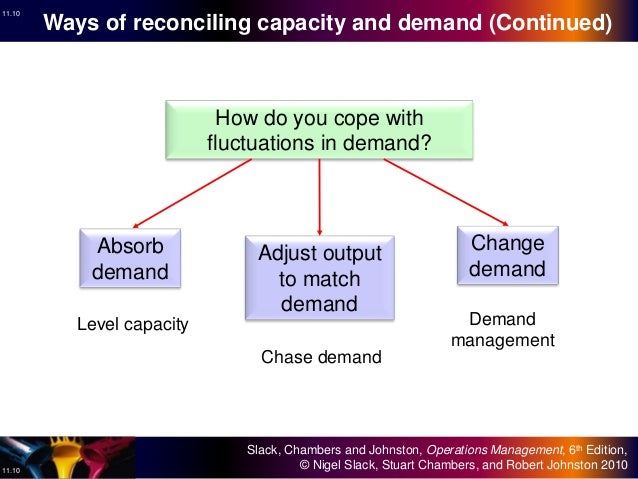



11 Capacity Planning And Control Operations Management




Capacity Planning Everything You Need To Know Clicktime




Aggregate Planning Definition Importance Strategies Management And Advantages



0 件のコメント:
コメントを投稿